

— Blogs —
—Products—
 Consumer hotline +8618073152920
Consumer hotline +8618073152920 WhatsApp:+8615367865107
Address:Room 102, District D, Houhu Industrial Park, Yuelu District, Changsha City, Hunan Province, China
Product knowledge
Time:2024-11-19 15:38:24 Popularity:377
In aquaculture, sensor equipment plays a critical role by enabling real-time monitoring of water quality parameters, helping farmers understand water conditions and optimize the farming environment to improve farming efficiency. Below are some common aquaculture equipment sensors, their functions, and roles:
- Function: Measures the acidity or alkalinity of the water.
- Role: pH levels significantly affect the growth and physiological activities of aquatic organisms. Maintaining an optimal pH helps stabilize the aquaculture environment.
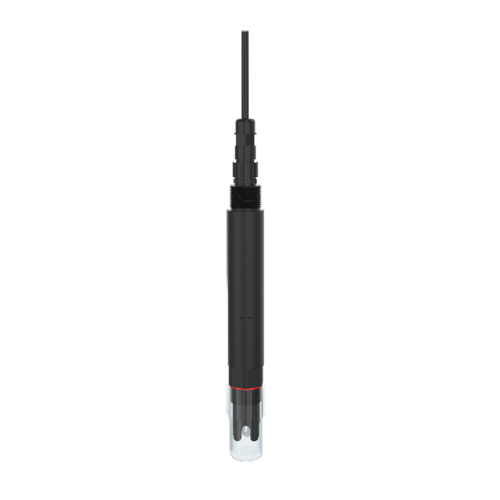
- Function: Measures the concentration of dissolved oxygen in the water.
- Role: Dissolved oxygen is critical for the survival of aquatic organisms. The sensor monitors oxygen levels, ensuring that aquatic animals have enough oxygen to breathe.
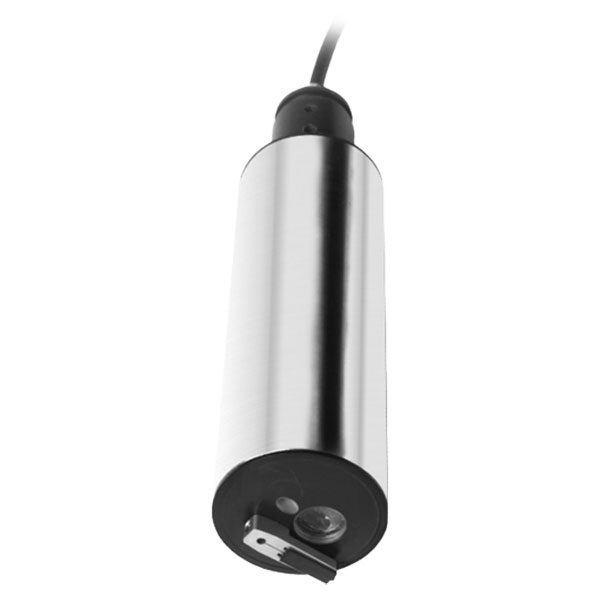
- Function: Evaluates water clarity by measuring the scattering and absorption of light by suspended particles.
- Role: Helps farmers understand the concentration of suspended solids in the water, indicating potential pollution or water quality issues.
- Function: Measures the concentration of dissolved salts in the water.
- Role: As an indicator of total water mineralization, this sensor helps farmers monitor salinity levels to optimize the aquaculture environment.
- Function: Measures the concentration of ammonia-nitrogen in the water.
- Role: Ammonia-nitrogen is a common pollutant in aquaculture. High concentrations can be toxic to aquatic organisms. Monitoring ammonia helps farmers take timely actions to reduce ammonia levels.
- Function: Measures the concentration of nitrite in the water.
- Role: Nitrite is a byproduct of ammonia oxidation, and high nitrite levels can also be harmful to aquatic animals. Monitoring nitrite levels helps prevent toxicity.
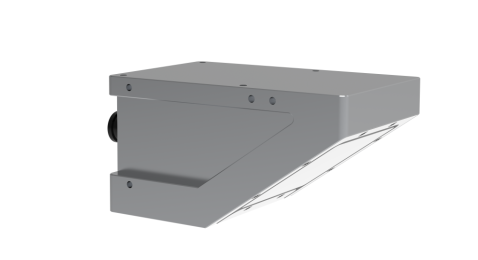
- Function: Measures the concentration of nitrate in the water.
- Role: Nitrate is an essential nutrient for plant growth but can contribute to water eutrophication when levels are too high. Monitoring nitrate helps balance nutrient levels in the water.
- Function: Monitors the concentration of chlorophyll, a key pigment for photosynthesis in algae and aquatic plants.
- Role: By monitoring chlorophyll levels, farmers can assess the productivity of the water and detect potential risks of algal overgrowth (algal blooms).
- Function: Monitors the concentration of heavy metal ions in the water.
- Role: Heavy metal pollution is highly toxic to aquatic organisms. Monitoring heavy metal levels helps detect and address potential contamination.
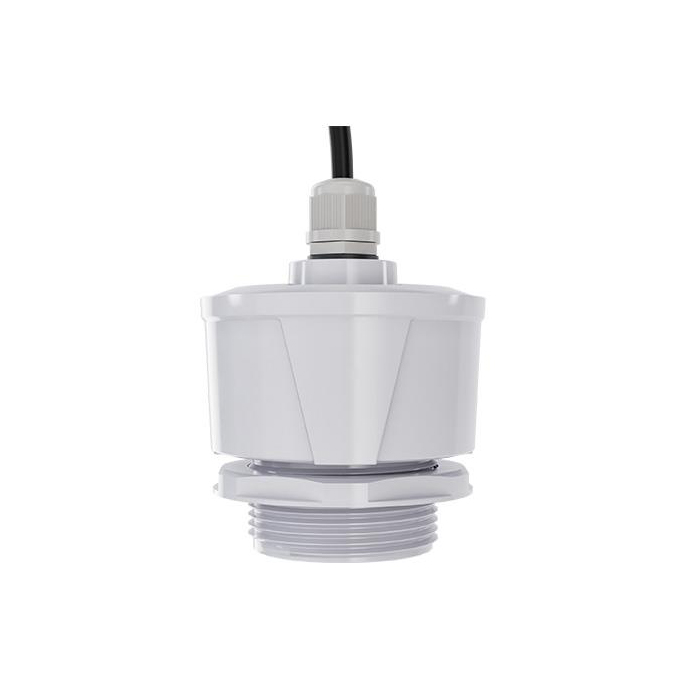
- Function: Measures the temperature of the water.
- Role: Temperature significantly affects the growth and metabolism of aquatic species. Monitoring water temperature helps farmers adjust the environment to meet the thermal requirements of different species.
- Function: Controls the intensity of light.
- Role: Used in closed systems that require artificial lighting, it helps adjust light cycles to promote healthy growth of aquatic species.
- Function: Evaluates the oxidative state of the water.
- Role: Provides valuable insights for water quality management by helping maintain redox balance in the system.

- Function: Monitors the water flow rate.
- Role: Ensures proper water circulation and aeration, which is crucial for maintaining water quality and temperature stability.
- Function: Monitors the water level in ponds or aquariums.
- Role: Ensures the appropriate water level by triggering actions like refilling or draining to maintain a stable environment for aquaculture.
- Function: Monitors fish feeding behavior, including feed consumption rate and frequency.
- Role: By understanding fish feeding habits, farmers can adjust feeding practices to improve growth efficiency. Changes in feeding behavior can also serve as an early indicator of health problems, prompting adjustments in diet or treatment.
- Function: Indirectly monitors fish behavior through sound or movement analysis.
- Role: Useful for research or anomaly detection, helping farmers detect and address potential problems promptly.
- Function: Monitors feed consumption or changes in water to optimize feeding strategies.
- Role: Ensures efficient use of feed, reduces waste, and improves farming efficiency.
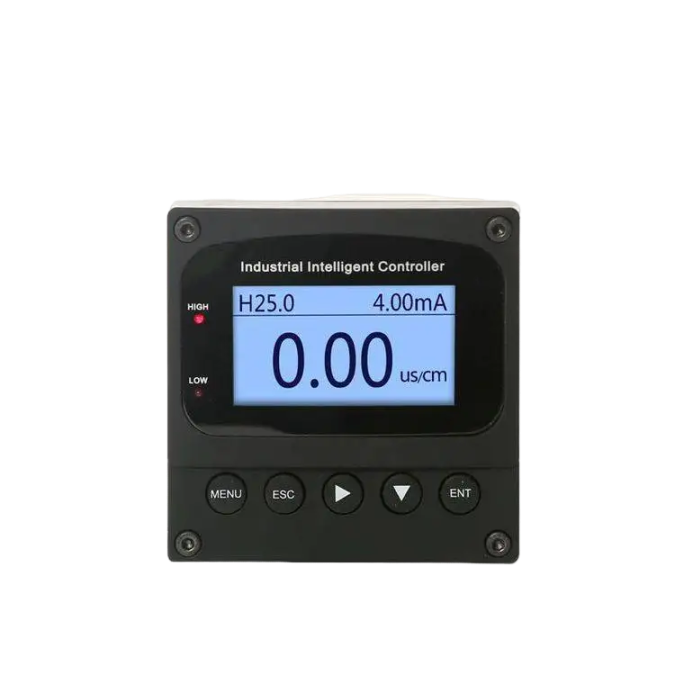
- Integrated Smart Sensors
- Function: Equipped with self-compensation, self-calibration, and self-diagnosis features.
- Role: Automatically adjusts system parameters, enhancing automation and reducing manual intervention, ensuring stable and reliable system operation.
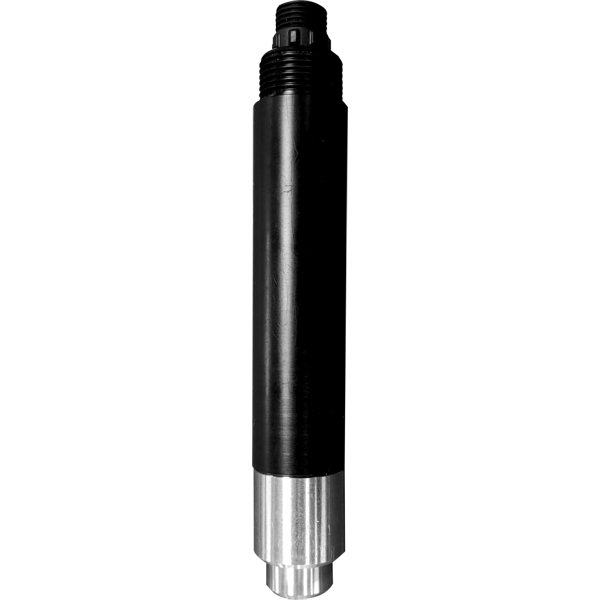
Calibrating sensors is essential to ensure measurement accuracy and reliability. Below are some common calibration methods for various aquaculture equipment sensors:
- Steps:
1. Use a calibrated standard thermometer to compare against the sensor in a known-temperature water body (such as an ice-water mixture or boiling water).
2. Place both the sensor and the standard thermometer in the same water, record the readings, and adjust the sensor's output based on the difference.
- Steps:
1. Zero-point calibration: Place the sensor in an oxygen-free environment (e.g., using saturated saltwater or chemical oxygen removal) and adjust it to zero.
2. Slope calibration: Place the sensor in water with a known oxygen concentration (usually using a standard dissolved oxygen solution) and adjust it to the correct reading.
- Steps:
1. Use two standard buffer solutions (typically pH 4.01 and pH 7.01 or pH 10.01) for calibration.
2. Immerse the sensor in both buffer solutions sequentially and adjust the readings to match the known pH values.
- Steps:
1. Use a standard solution with a known conductivity value for calibration.
2. Immerse the sensor in the standard solution and adjust it to display the correct conductivity reading.

- Steps:
1. Use a standard solution with a known ammonia-nitrogen concentration.
2. Immerse the sensor in the standard solution and adjust the reading to match the known concentration.
- Steps:
1. Similar to the ammonia-nitrogen sensor, use a standard solution with a known nitrite concentration for calibration.
2. Immerse the sensor in the solution and adjust the reading as needed.
- Steps:
1. Use a standard turbidity solution or turbidity reference disk for calibration.
2. Align the sensor with the standard sample and adjust it to display the correct turbidity value.
- Steps:
1. Use a known height water level scale or graduated cylinder for calibration.
2. Compare the sensor with the scale or cylinder and adjust it to display the correct water level.
- Steps:
1. Use a standard flow meter (e.g., electromagnetic or volumetric flow meter) for comparison.
2. Link the sensor with the standard flow meter and calibrate by comparing flow readings.

Conclusion
Sensors in aquaculture equipment are a core component of modern intelligent farming systems. By monitoring water quality, environmental conditions, and biological activities in real-time, these sensors provide accurate data to support precision management. This includes adjusting water quality, controlling lighting, optimizing feeding strategies, and maintaining system stability. As technology advances, the integration of smart sensors makes aquaculture more efficient and sustainable, fostering the industry's modernization.
Related recommendations
Sensors & Weather Stations Catalog
Agriculture Sensors and Weather Stations Catalog-NiuBoL.pdf
Weather Stations Catalog-NiuBoL.pdf
Related products
 Combined air temperature and relative humidity sensor
Combined air temperature and relative humidity sensor Soil Moisture Temperature sensor for irrigation
Soil Moisture Temperature sensor for irrigation Soil pH sensor RS485 soil Testing instrument soil ph meter for agriculture
Soil pH sensor RS485 soil Testing instrument soil ph meter for agriculture Wind Speed sensor Output Modbus/RS485/Analog/0-5V/4-20mA
Wind Speed sensor Output Modbus/RS485/Analog/0-5V/4-20mA Tipping bucket rain gauge for weather monitoring auto rainfall sensor RS485/Outdoor/stainless steel
Tipping bucket rain gauge for weather monitoring auto rainfall sensor RS485/Outdoor/stainless steel Pyranometer Solar Radiation Sensor 4-20mA/RS485
Pyranometer Solar Radiation Sensor 4-20mA/RS485
Screenshot, WhatsApp to identify the QR code
WhatsApp number:+8615367865107
(Click on WhatsApp to copy and add friends)